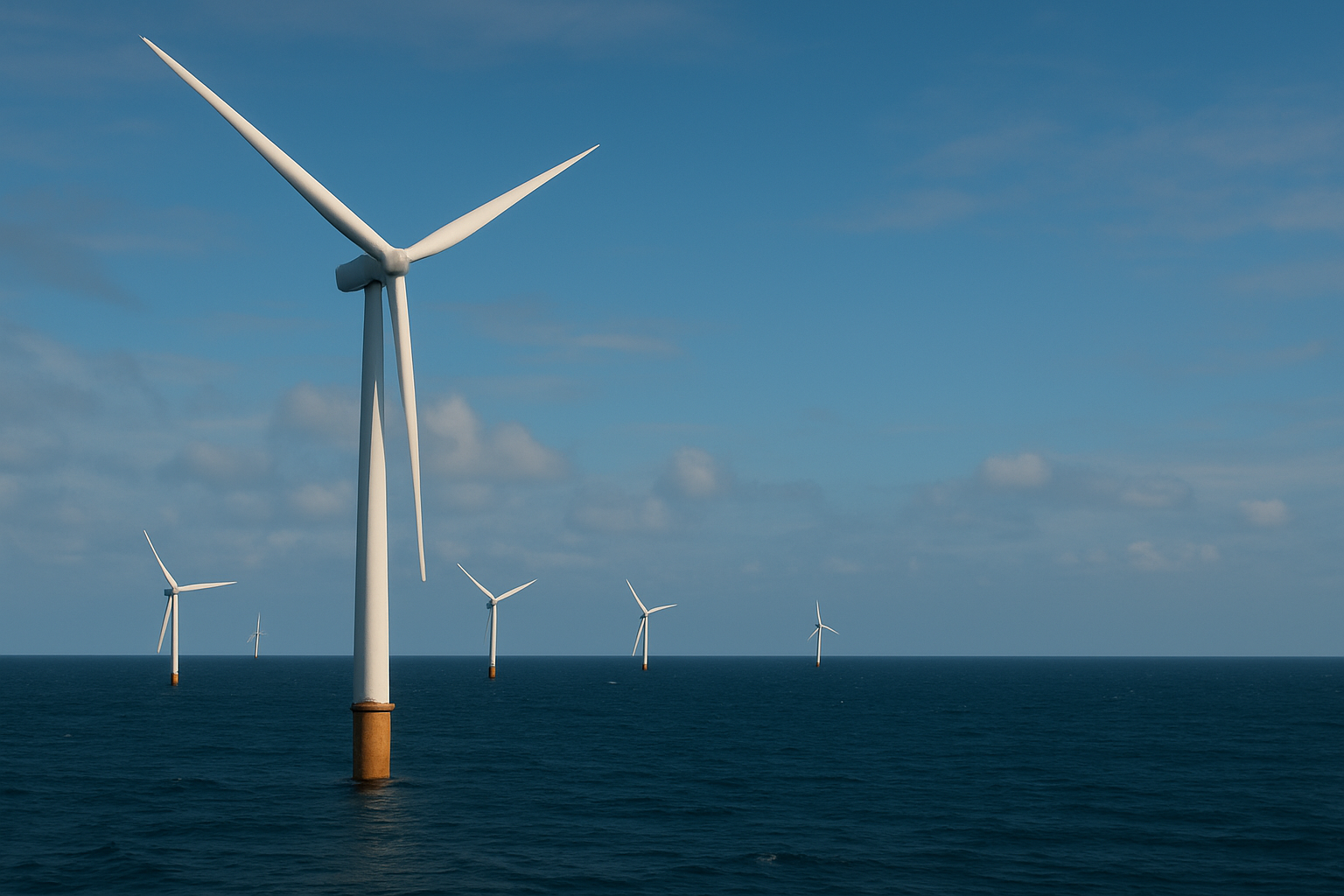Why Offshore Wind Has Lagged in India
Renewable Energy NewsPosted by admin on 2025-08-26 12:27:19 |
Share: Facebook | Twitter | Whatsapp | Linkedin Visits: 165

India, with over 70 GW of offshore wind potential—especially along the coasts of Gujarat and Tamil Nadu—has yet to see significant progress in this sector. Despite ambitious policies, offshore wind development lags behind onshore wind and solar due to several barriers.
Technical & Infrastructure Challenges
India currently lacks critical infrastructure for offshore wind:
- Deep-draft ports and specialized vessels
- Local supply chains for massive turbines
- Costly and underdeveloped grid connections from sea to shore
Regulatory & Environmental Hurdles
- Lengthy approval timelines under strict marine regulations
- Resistance from fishing communities due to livelihood and ecosystem concerns
Policy & Market Uncertainty
- National Offshore Wind Policy (2015) yet to deliver bankable projects
- Incentives remain insufficient to offset massive upfront costs
India’s Offshore Wind Vision
Policy Commitments & Targets
- 30 GW offshore wind capacity target by 2030
- Over 70 GW potential identified in Gujarat and Tamil Nadu
- Stronger role for renewables in India’s power mix
Pilot Projects Launched
- 500 MW projects tendered in Gujarat & Tamil Nadu (2024–25)
- Supported by viability gap funding of ₹7,453 crore (~$900 million)
- Port and grid upgrades underway; commissioning expected by 2029
Future Prospects
- Successful pilots can unlock large-scale development
- Potential to create 800,000 jobs by 2030
- International collaboration with UK, Denmark, EU for expertise and infrastructure
- Needs smoother permits, funding support, and community acceptance
The Road Ahead
The coming years will determine whether India’s offshore wind sector gains real momentum—or remains stuck in planning. With the right mix of policy, funding, and community engagement, offshore wind can become a cornerstone of India’s clean energy future.
Search
Categories
Recent News
- Reduction of Cross Subsidies in Karnataka's Electricity Sector
- Economic Benefits of Solar Power Projects
- Karnataka Open Access Rules and Regulations
- eclouds
- Small Hydel Policy 2024
- India’s Renewable Energy Milestones: 2024
- eClouds Eyarthi's AMC on Solar Projects
- Reduction of Cross Subsidies in Karnataka's Electricity Sector





